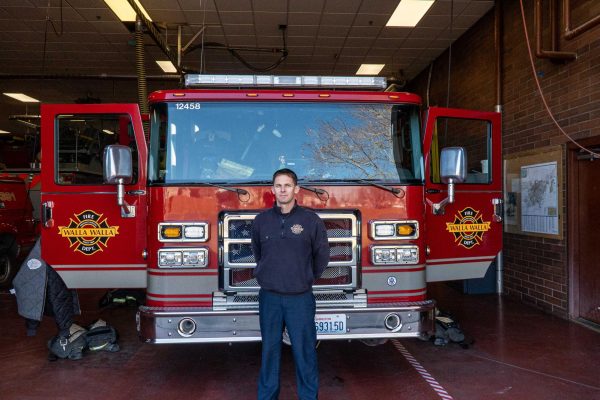
Walla Walla County firefighters recently deployed to support response efforts for the Southern California wildfires, which have ravaged the Los Angeles County region since Jan. 7. Nearly 20 firefighters traveled to Pacific Palisades on Thursday, Jan. 9, returning at the end of the month.
Eric Wood, the recently promoted fire chief of the Walla Walla Fire Department (WWFD), was tasked with assembling the fleet of five engines and close to 20 firefighters involved in the response. The team included firefighters from the WWFD, Walla Walla County Fire Districts No. 4 and 5, Benton County Fire Districts, and Pasco Fire Districts.
Upon arrival, the firefighters were stationed for two-week-long work assignments, during which they alternated between 24-hour workdays and days off.
According to Wood, Washington’s Emergency Management Department notified the WWFD of a request from California for firefighter assistance on Jan. 8. From there, the request went to the Fire Defense Committee, which monitors the various state fire departments for response availability, as well as the Southeast Washington Strike Team, a group of firefighters from fire departments throughout the southeast region of Washington.
This isn’t the first time the WWFD has operated outside the region.
“We’ve participated quite a bit since probably 2015 or so,” Wood said.
Since that year, the WWFD has been deployed to Canada and California and was involved in the Oregon wildfires of summer 2024. Additionally, the department is a part of the Washington State Fire Mobilization Plan, an intra-state system for local fire response that gives the WWFD and other local fire departments welcomed support.
“It’s not so taxing on the local jurisdiction,” Wood said, “If we get a large wildfire, … [the WWFD will] put in a request for resources throughout the state of Washington, Forest Service [and] Department of Natural Resources to help assist.”
Associate Professor of Sociology Alissa Cordner, a volunteer with Walla Walla County Fire District No. 4 since 2017, spoke about the intentional built-in flexibility of many fire departments.
“It’s very common for firefighters to respond to fires that aren’t just local to where they are, and it’s a feature of how the overall fire management system is set up that when there is a significant need in one area, firefighters from all over… will respond and assist in areas of really significant need,” Cordner said.
For conflagrations as far-reaching and catastrophic as those currently in California, containment is generally the most feasible short-term solution. Matthew Dehr, a wildfire meteorologist for the Washington State Department of Natural Resources (DNR), highlighted this in relation to the dual causes of the California wildfires.
Combine a lack of rain and 50- to 60-mile-per-hour Santa Ana winds with the highly flammable vegetation of the Southern California region, Dehr said, and a fire becomes virtually impossible to stop.
“You might as well think of it as a tornado… you just can’t stop it,” Dehr said. “…by the time that more folks were able to get down [to California], …it was a lot more of that containment effort, recovery effort, making sure that the slopes are stable, that we can reduce some of the ecological damage, that we can reduce the risk of another flare-up.”
Even so, there is a silver lining to the situation.
“…the good news is that they have gotten rain, so the fire danger has waned quite a bit,” Dehr said.
As California continues to battle its wildfires, their effects on Washington have been limited. Although, Dehr pointed out that the same atmospheric patterns behind the Santa Ana winds have also made themselves known in Washington.
“A lot of areas across the state had their record driest January this year,” Dehr said.
Looking ahead, he predicts a regression from that trend.
“…I do think we are going to get back to a wetter weather pattern here in Washington,” Dehr said.
Regardless of its relative shelter from the California wildfires, Washington has its own climate issues to grapple with—issues that are already influencing statewide wildfire patterns.
“We do have an interesting problem right now, where we’re seeing a lot more fires in our grass and shrublands than we used to,” Dehr said.
From a broader wildfire prevention perspective, climate change and human development trends now pose increasingly dire threats to wildfire safety, as Cordner notes.
“…with the climate crisis, you have enhanced conditions for severe fire weather behavior, and then the way that humans have settled and expanded their development, especially in areas that are really close to wildland, means that there are more people and more houses and more development right up against those areas that could burn,” Cordner said.
To mitigate these threats, Wood highlighted preparedness and prevention — both statewide and nationwide — as necessary areas for continued development.
How various actors in wildfire prevention — firefighters and meteorologists alike — go about executing these goals will be key moving forward.



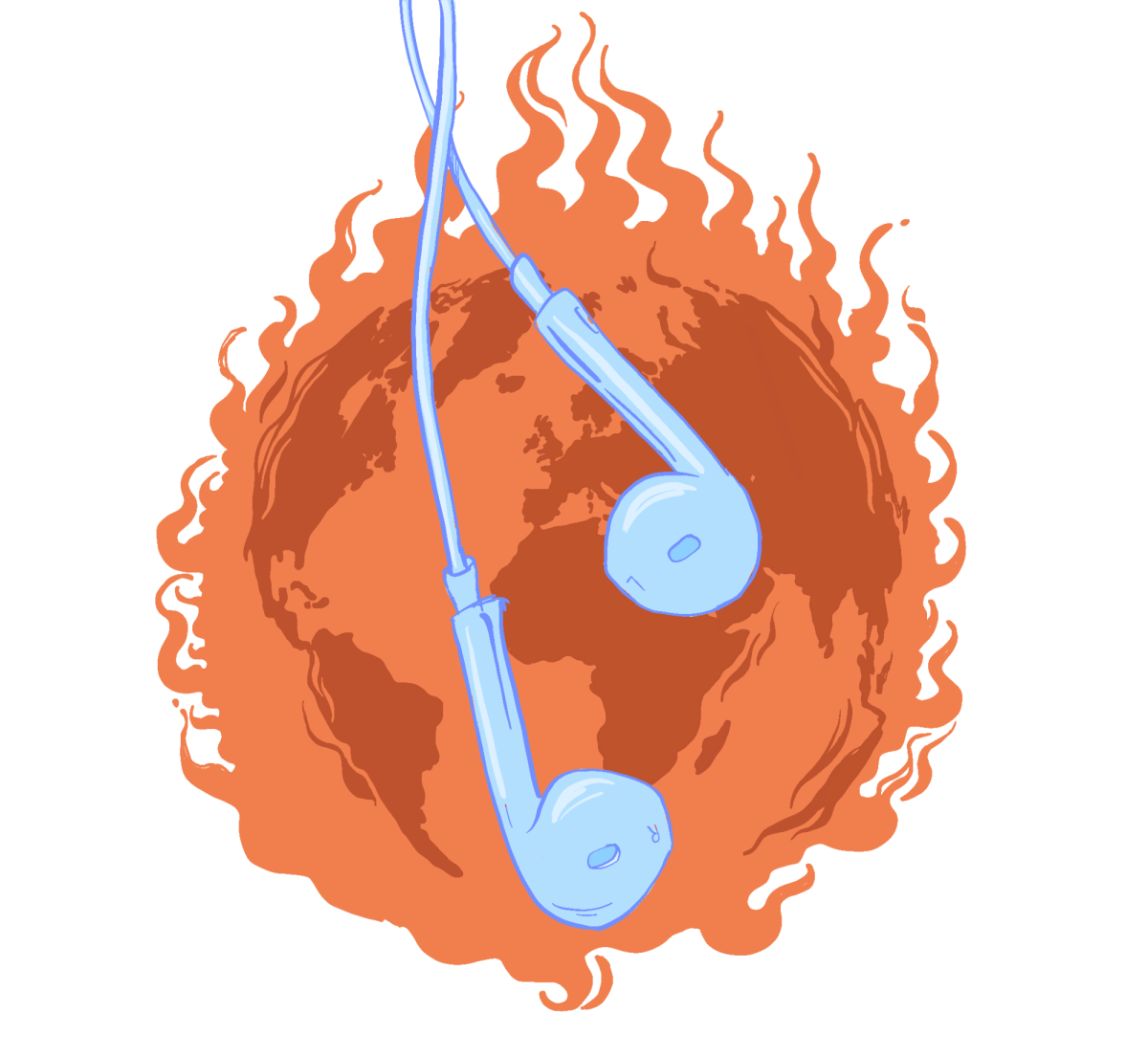
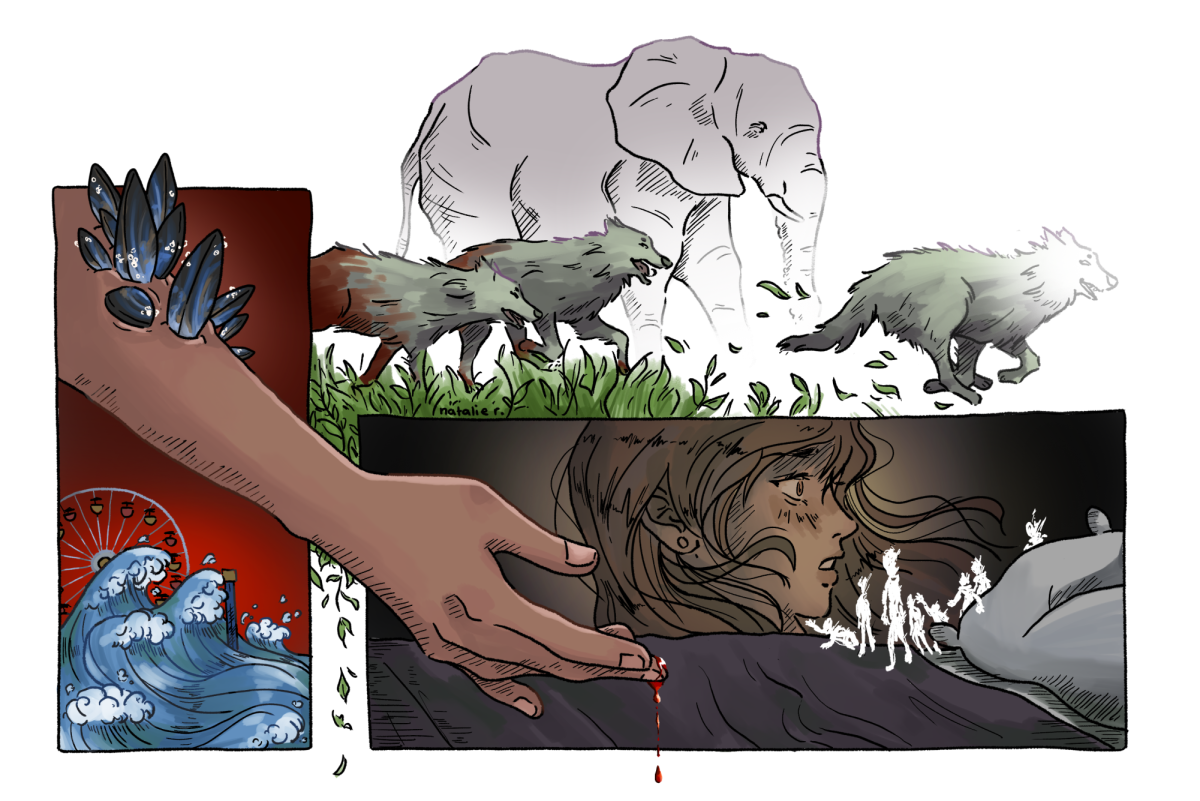
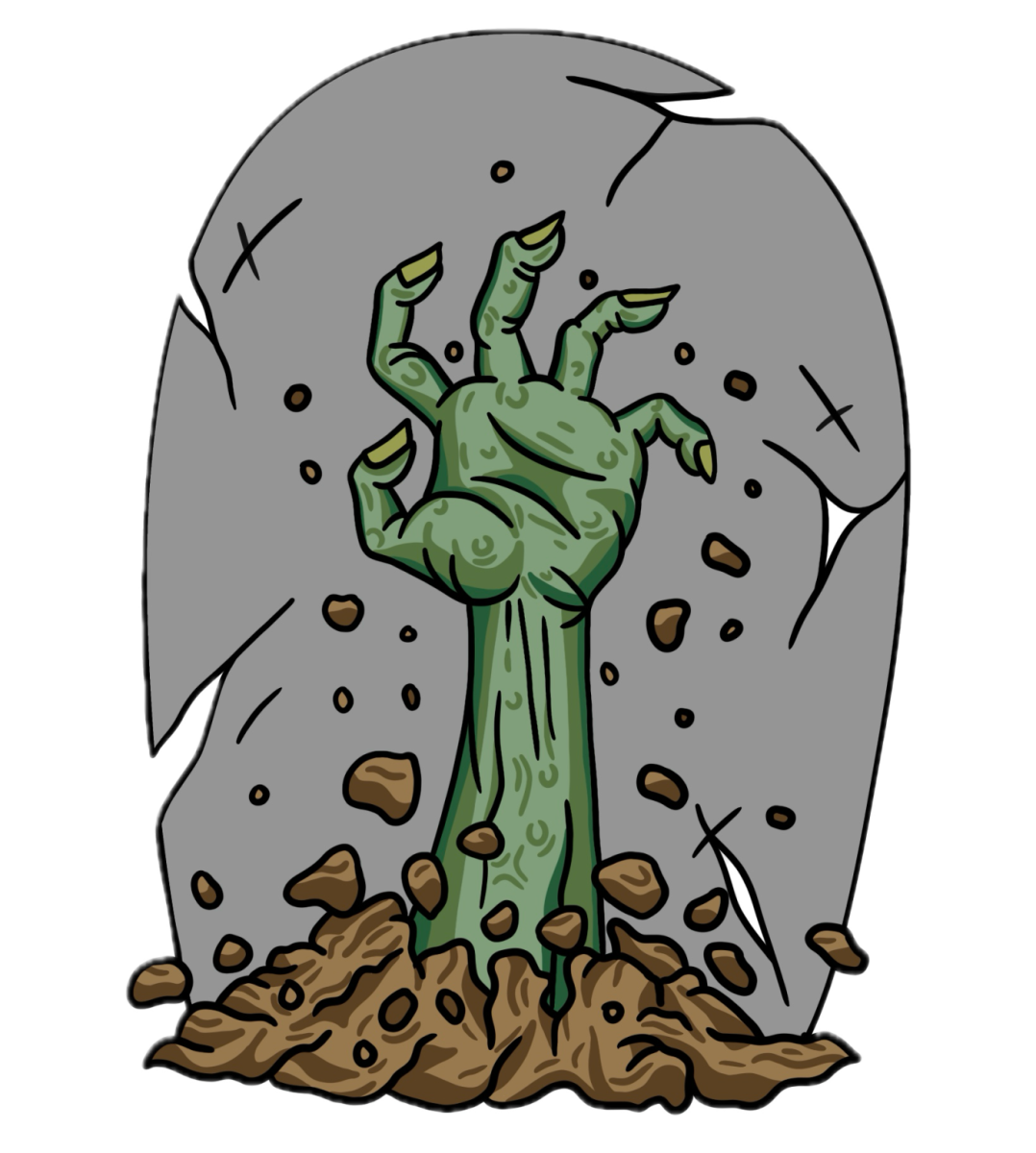
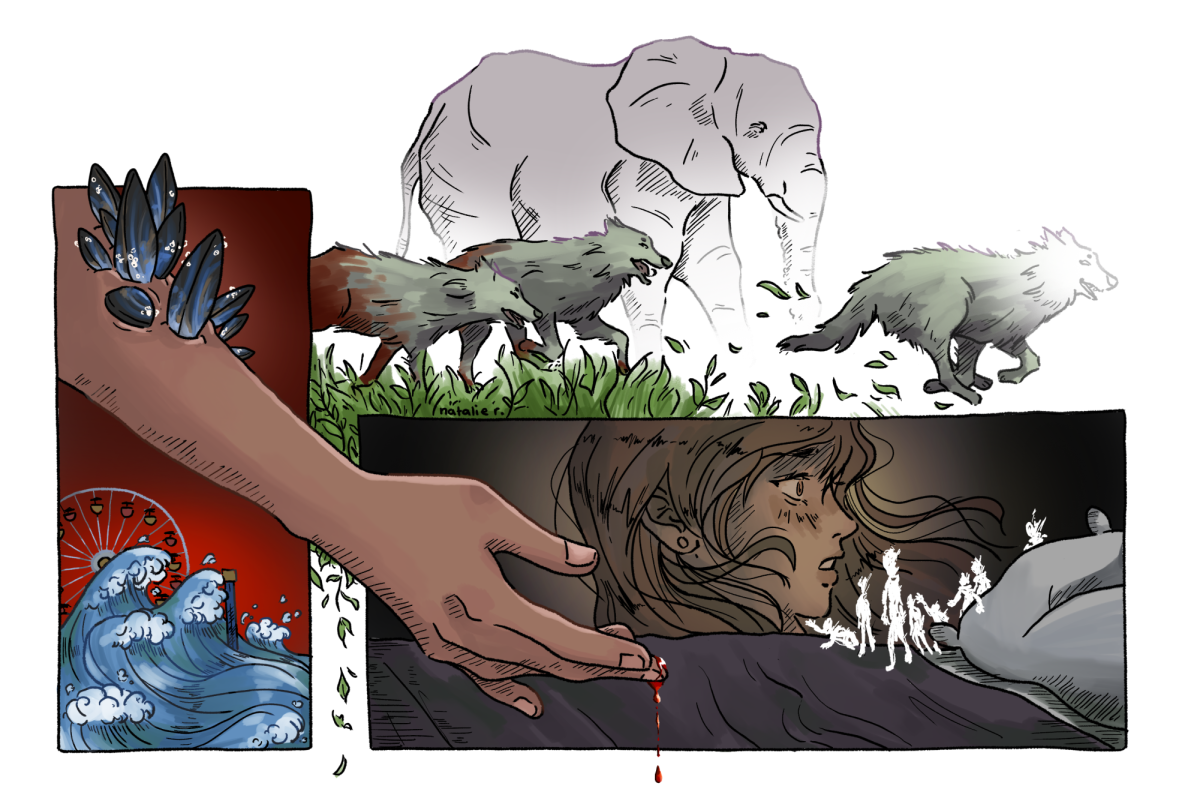
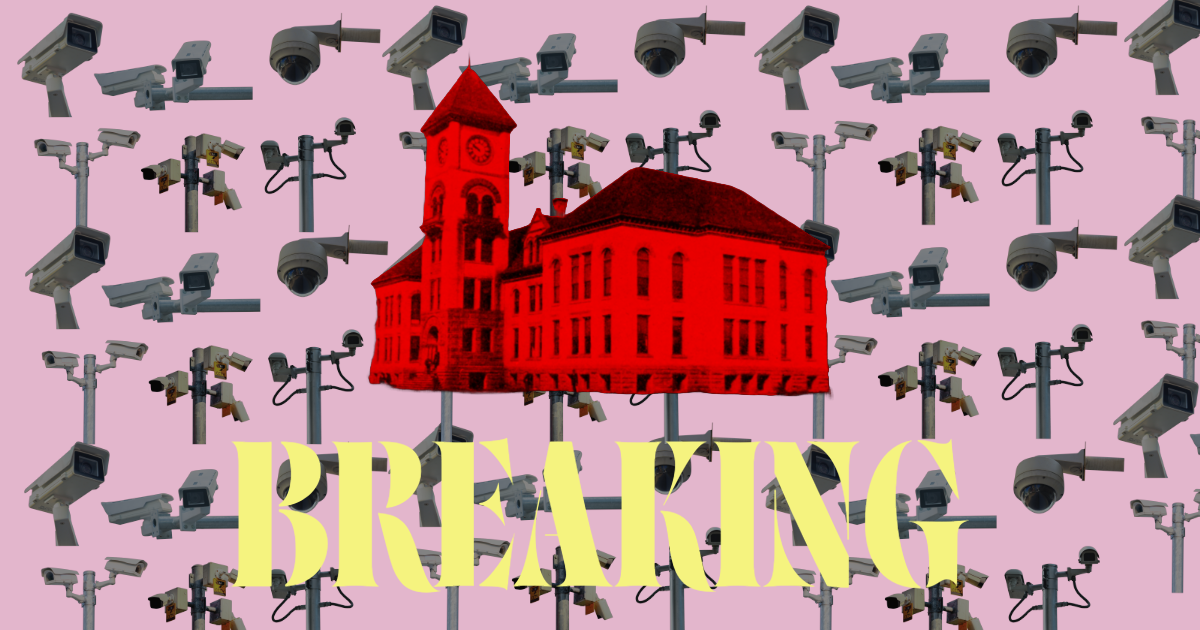
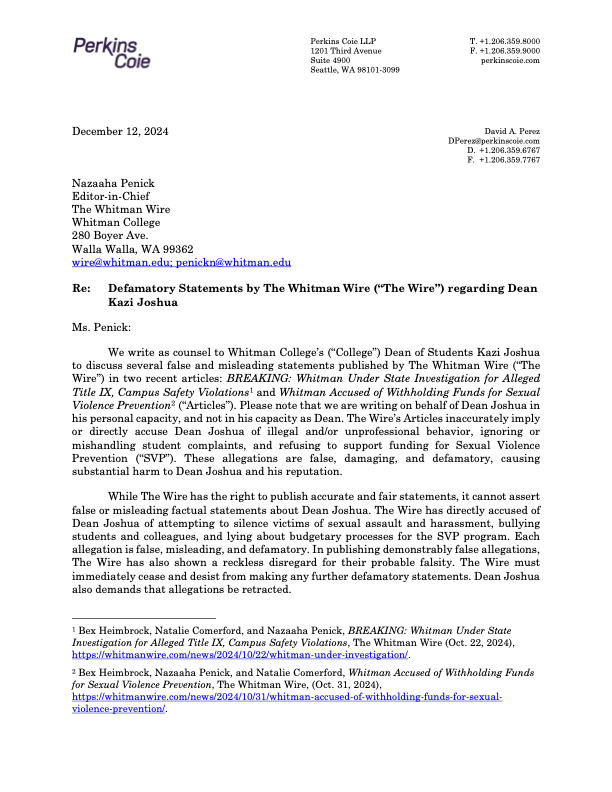


Paul • Feb 11, 2025 at 4:08 am
My thanks go out to Walla Walla Fire District Number 4- when there was an accidental fire at the student house I was living at (140 Otis Street AKA The Shire), they had a very fast response time. The fire trauma is still real for me, and I feel empathy for the people in Los Angeles who experienced fire and loss of their homes. I was so happy to come out of the fire alive and unscathed, and I’m glad that the Fire District’s help extends to the victims of the Palisades Fires. My personal thanks go out to Chief Eric Wood and County Fire District Number 4 forever- be careful with space heaters in the winter. Eternal gratitude for the firefighters of District 4 and deeply felt empathy for the victims of the Palisades fires- fire trauma lasts, but as survivors we can get through it <3 🙂
Sharon • Feb 9, 2025 at 11:53 am
I happened to be in Los Angeles visiting family when the fires began. It was a frightening, disorienting time. I cannot say how very grateful and proud I was to see firefighters from Walla Walla setting out to help. I would like to heartily commend them for their courage and generosity.